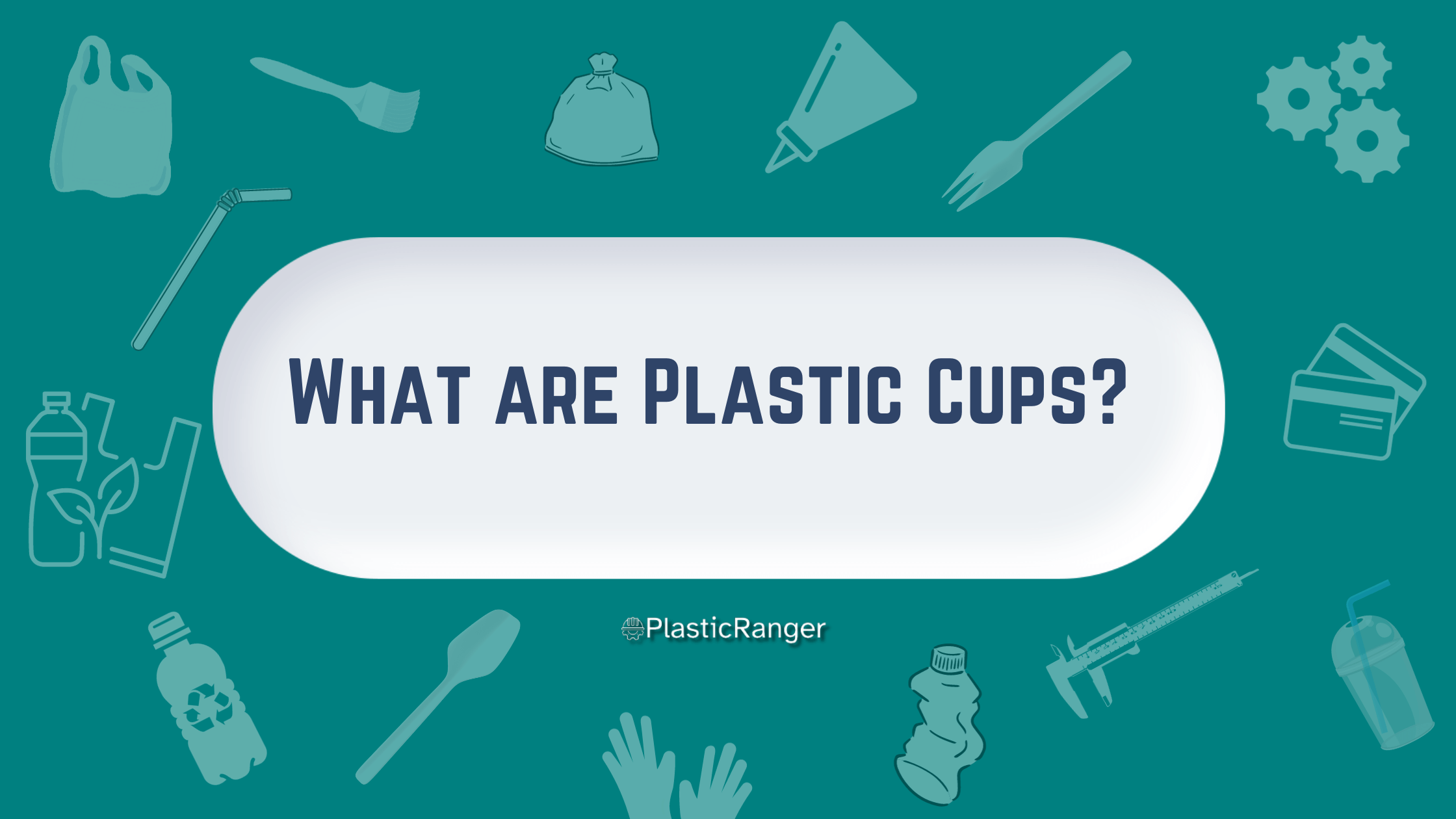A Salient Guide to Plastic Cups
Plastic cups have long been a staple worldwide in homes, offices, events, and parties. Their convenience, affordability, and disposable nature make them a popular choice. However, understanding their environmental impact and making informed choices about their use is essential. Here’s a concise guide on plastic cups:
Types of Plastic Cups
Styrofoam: Commonly referred to as polystyrene. It’s lightweight but can leach harmful styrene, especially when in contact with hot beverages or foods.
Polypropylene (PP): Known for its flexibility and resistance to heat, making polypropylene preferable for hot drinks.
Polyethylene terephthalate (PET): Clear and rigid plastic commonly used for bottled beverages. Properties such as thermal resistance and good malleability make it an ideal choice for that application.
Polycarbonate (PC): Strong and often used for reusable plastic cups, polycarbonate may release BPA, a chemical of concern for its potential endocrine-disrupting effects. However, it is known for its exceptional mechanical properties.
Advantages
Convenience: Plastic cups are easy to use and dispose of, especially for large gatherings.
Safety: Unlike glass, plastic doesn’t shatter when broken, reducing the risk of injury.
Affordability: They’re generally cheaper than their reusable counterparts.
Disadvantages
Environmental Impact: Plastic cups can take hundreds of years to decompose. Their disposal leads to mounting landfills and potential harm to aquatic life when they end up in oceans.
Health Concerns: Certain plastics may leach harmful chemicals, especially under high temperatures.
Non-Sustainable: Most plastic cups are made from petroleum, a non-renewable resource.
Environmentally Friendly Alternatives
Bioplastics: Made from renewable plant sources like cornstarch. Biodegradable plastics like PLA seem eco-friendly, but it is crucial to ensure they’re composted correctly. Not all bioplastics break down easily in natural environments.
Paper Cups: Biodegradable and often lined with a thin layer of plastic or wax. Ensure they are properly recycled.
Reusable Cups: The most sustainable option. From stainless steel to ceramic or glass, using a reusable cup eliminates the need for disposables.
Tips for Safe Use
Check Temperature Ratings: If you’re pouring hot beverages, ensure the cup is designed to prevent the melting or leaching of chemicals. Avoid
Microwaving: Microwaving can release harmful chemicals, especially if the plastic is not microwave-safe.
Recycle: If disposables are necessary, choose recyclable cups and ensure they’re disposed of in the correct recycling bins.
Plastic Cups and the Environment
Waste: Millions of plastic cups are discarded every day. While recycling can mitigate some impact, many cups end up in landfills.
Wildlife Impact: Plastics that end up in natural habitats can be ingested by animals, leading to internal blockages, poisoning, or even death.
Microplastics: Over time, plastic cups break into microplastics, tiny particles that pollute our waterways and can enter the food chain.
Reducing Your Plastic Footprint
Limit Use: Only use plastic cups when necessary.
Choose Alternatives: Opt for reusable or biodegradable options when possible.
Spread Awareness: Educate friends and family about the environmental impacts and safer, sustainable alternatives.
Conclusion
While plastic cups offer convenience, it’s essential to be aware of their environmental and potential health impacts. Making informed choices, opting for sustainable alternatives, and responsible disposal can help reduce the adverse effects associated with their use. As consumers, the power to make a positive change lies in our hands.
Quick Navigation

